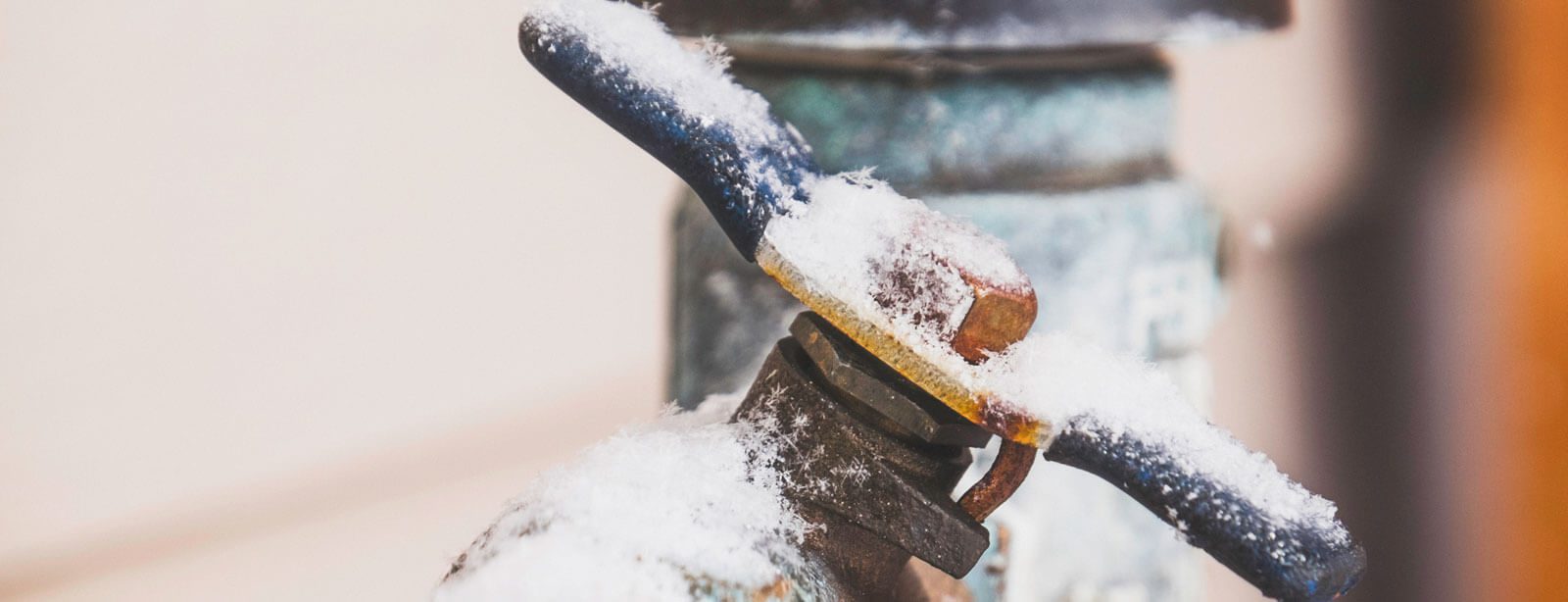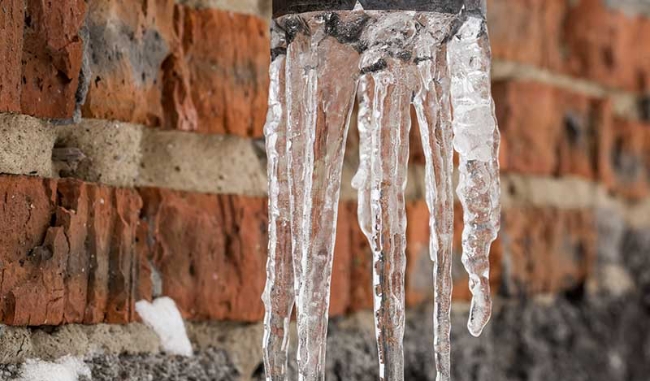Prevent Frozen Plumbing in Cold Weather: Pro Tips
Prevent Frozen Plumbing in Cold Weather: Pro Tips
Blog Article
This great article on the next paragraphs relating to Helpful Tips to Prevent Frozen Pipes this Winter is unquestionably remarkable. Give it a go and draw your own final thoughts.

Winter can damage your pipes, particularly by freezing pipes. Here's how to avoid it from happening and what to do if it does.
Introduction
As temperature levels drop, the danger of icy pipelines rises, possibly resulting in costly fixings and water damages. Understanding exactly how to prevent frozen pipelines is essential for property owners in cool climates.
Understanding Icy Pipes
What triggers pipelines to freeze?
Pipelines freeze when revealed to temperatures below 32 ° F (0 ° C) for expanded periods. As water inside the pipelines ices up, it expands, taxing the pipeline walls and potentially causing them to burst.
Dangers and damages
Frozen pipes can result in water system disruptions, property damages, and expensive repair services. Burst pipelines can flood homes and trigger considerable structural damages.
Indicators of Frozen Piping
Determining icy pipelines early can stop them from breaking.
Just how to identify icy pipes
Try to find decreased water circulation from taps, unusual smells or noises from pipelines, and visible frost on revealed pipes.
Prevention Tips
Shielding prone pipes
Cover pipes in insulation sleeves or use warm tape to secure them from freezing temperatures. Concentrate on pipes in unheated or external areas of the home.
Home heating methods
Keep interior areas effectively heated, specifically areas with plumbing. Open up cabinet doors to enable cozy air to circulate around pipelines under sinks.
Protecting Outdoor Pipes
Yard tubes and outdoor taps
Disconnect and drain garden pipes before winter. Mount frost-proof spigots or cover outdoor faucets with insulated caps.
What to Do If Your Pipes Freeze
Immediate activities to take
If you think icy pipes, keep faucets open up to ease stress as the ice melts. Use a hairdryer or towels soaked in hot water to thaw pipes gradually.
Long-Term Solutions
Architectural modifications
Think about rerouting pipes away from outside walls or unheated areas. Include additional insulation to attics, cellars, and crawl spaces.
Upgrading insulation
Invest in top notch insulation for pipes, attics, and walls. Appropriate insulation assists preserve regular temperatures and minimizes the threat of icy pipes.
Conclusion
Stopping icy pipelines needs aggressive actions and fast actions. By recognizing the reasons, indications, and safety nets, house owners can protect their plumbing during winter.
5 Ways to Prevent Frozen Pipes
Drain Outdoor Faucets and Disconnect Hoses
First, close the shut-off valve that controls the flow of water in the pipe to your outdoor faucet. Then, head outside to disconnect and drain your hose and open the outdoor faucet to allow the water to completely drain out of the line. Turn off the faucet when done. Finally, head back to the shut-off valve and drain the remaining water inside the pipe into a bucket or container. Additionally, if you have a home irrigation system, you should consider hiring an expert to clear the system of water each year.
Insulate Pipes
One of the best and most cost-effective methods for preventing frozen water pipes is to wrap your pipes with insulation. This is especially important for areas in your home that aren’t exposed to heat, such as an attic. We suggest using foam sleeves, which can typically be found at your local hardware store.
Keep Heat Running at 65
Your pipes are located inside your walls, and the temperature there is much colder than the rest of the house. To prevent your pipes from freezing, The Insurance Information Institute suggests that you keep your home heated to at least 65 degrees, even when traveling. You may want to invest in smart devices that can keep an eye on the temperature in your home while you’re away.
Leave Water Dripping
Moving water — even a small trickle — can prevent ice from forming inside your pipes. When freezing temps are imminent, start a drip of water from all faucets that serve exposed pipes. Leaving a few faucets running will also help relieve pressure inside the pipes and help prevent a rupture if the water inside freezes.
Open Cupboard Doors
Warm your kitchen and bathroom pipes by opening cupboards and vanities. You should also leave your interior doors ajar to help warm air circulate evenly throughout your home.

Do you appreciate reading about Preventing and dealing with frozen pipes? Post a remark below. We'd be pleased to see your responses about this content. In hopes that you visit us again in the future. If you liked our blog posting please do not forget to share it. I truly appreciate reading our article about Preventing and dealing with frozen pipes.
Contact Us Today Report this page